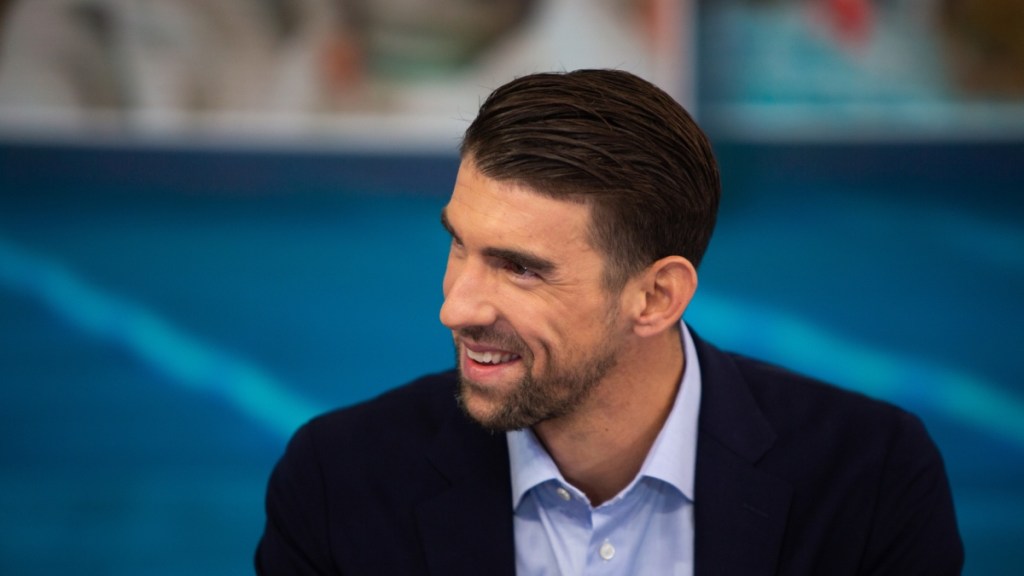Michael Phelps, with his record-breaking 28 Olympic medals, is considered one of the greatest Olympians ever. From 2004 to 2016, he competed in four Olympic Games, breaking numerous world and Olympic records with his exceptional swimming talent. His dominance in the sport has sparked curiosity about whether he possesses a genetic advantage.
Let’s explore how Michael Phelps’ genetics contribute to his swimming prowess.
Does Michael Phelps have a genetic advantage in swimming?
Yes, scientifically, Michael Phelps’ body structure gives him a genetic advantage in swimming.
Phelps successfully reached the Olympic podium on several occasions by utilizing his unique anatomy. His height (6’4”) and body structure help him in the pool, allowing his body to propel forward with greater ease.
With a wingspan longer than his standing height, a longer torso, and shorter legs, he gains more propelling power and experiences less resistance from his legs while swimming. Additionally, his unusually large palms and feet further assist him in swimming with increased speed.
Phelps’ body also produces only half the amount of lactic acid that an average human body does. This helps him stay active for longer periods, giving him more endurance while swimming longer distances.
According to Scientific American, it isn’t just his anatomical advantages that make him a champion. He also trained very intensely to learn how to use these genetic traits to his advantage and perfect his swimming technique.
How much is Michael Phelps’ lung capacity?
Michael Phelps has a lung capacity of around 12 liters.
Phelps’ lung capacity is significantly higher than that of other athletes. It is reported to be around 12 liters, compared to an average lung capacity of about 6 liters. This results in a higher supply of oxygen to the muscles, allowing him to perform for an extended period before experiencing muscle fatigue.










